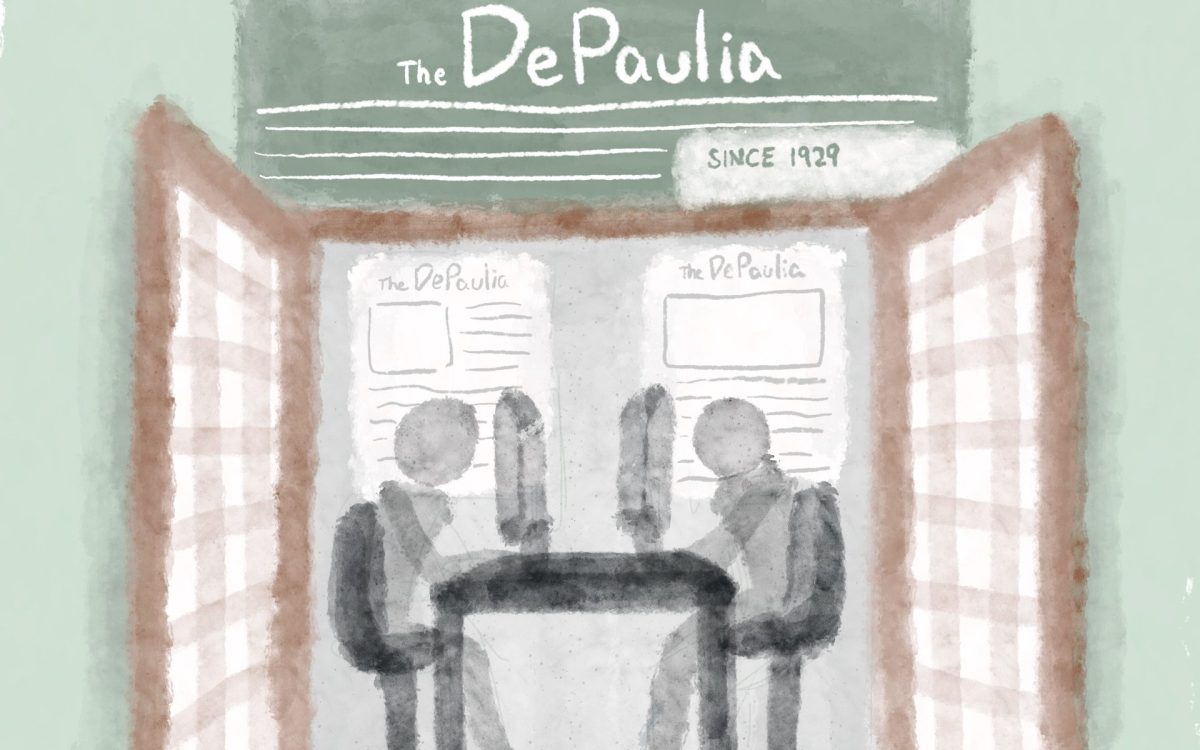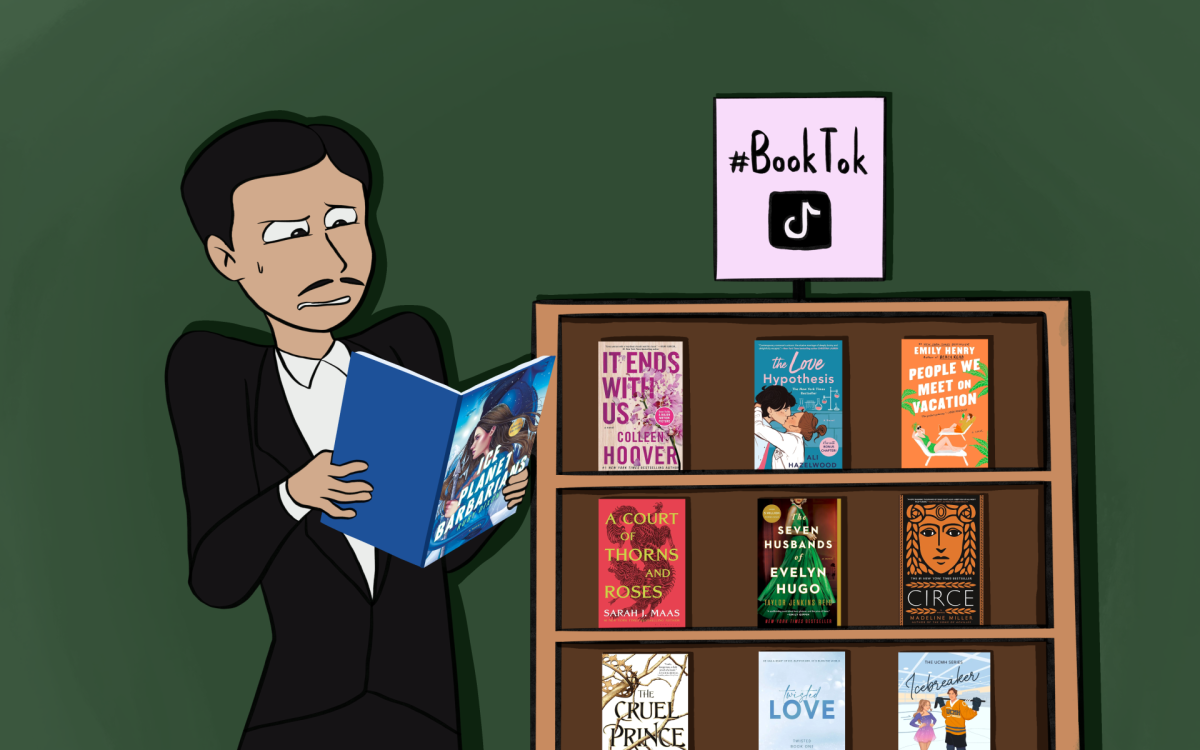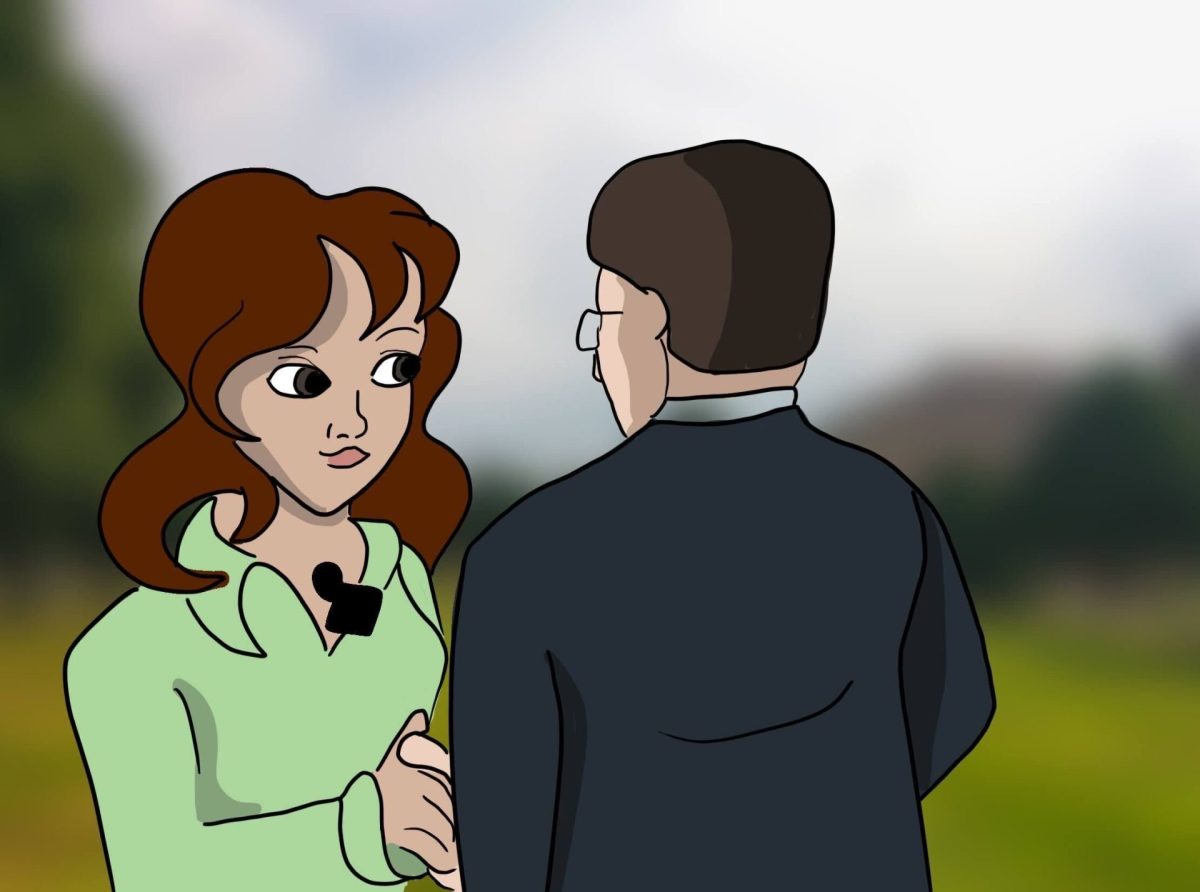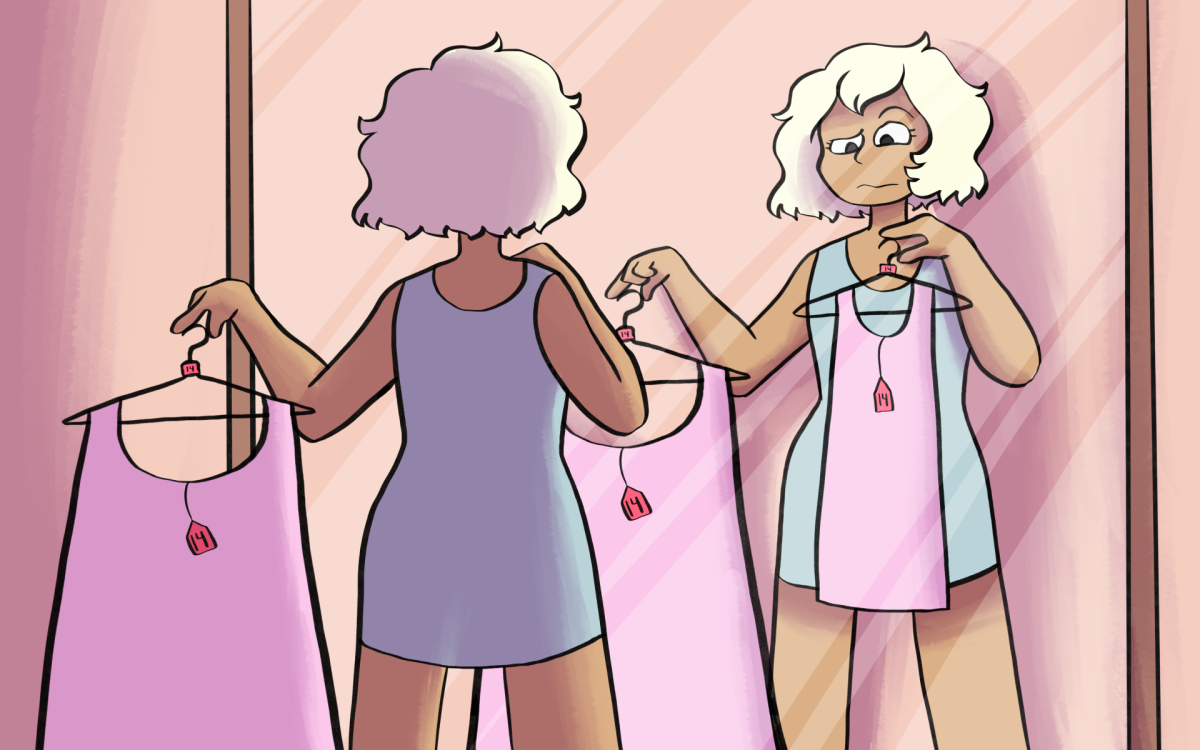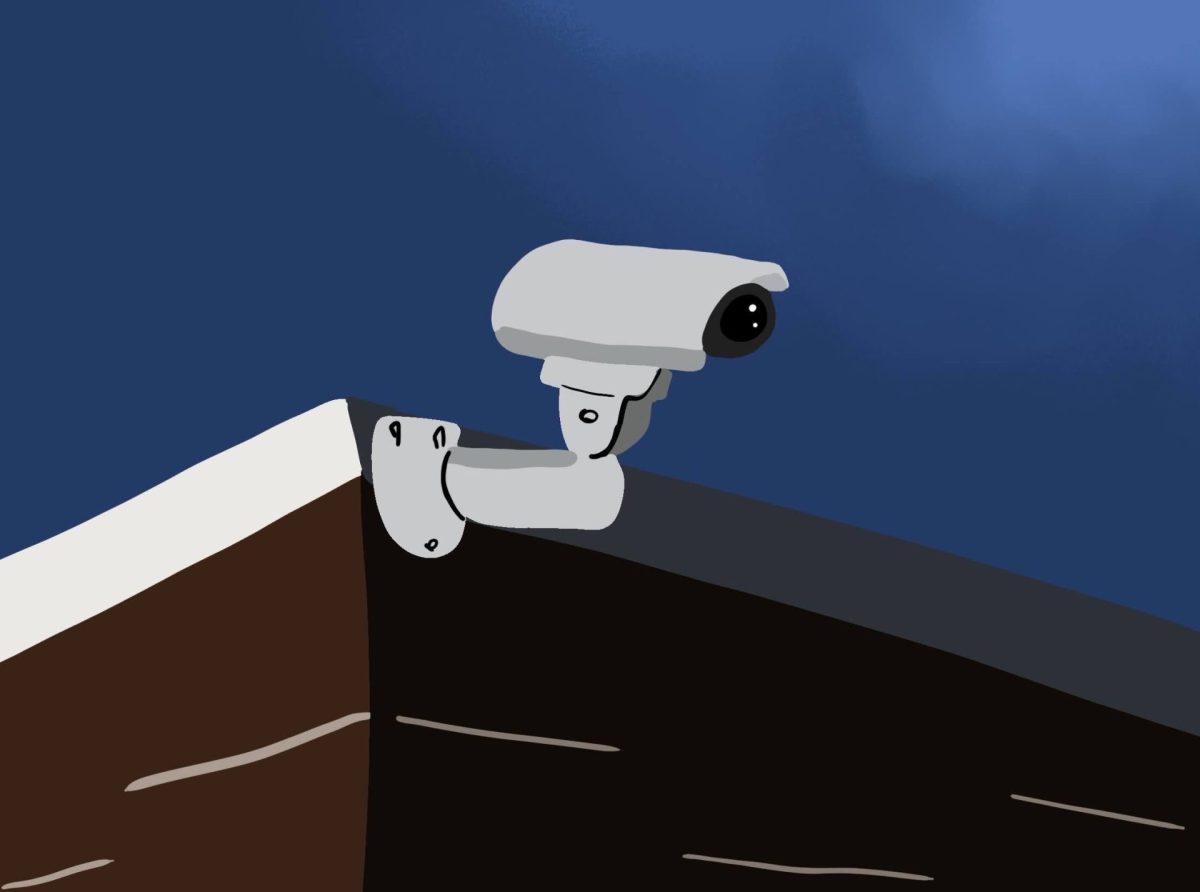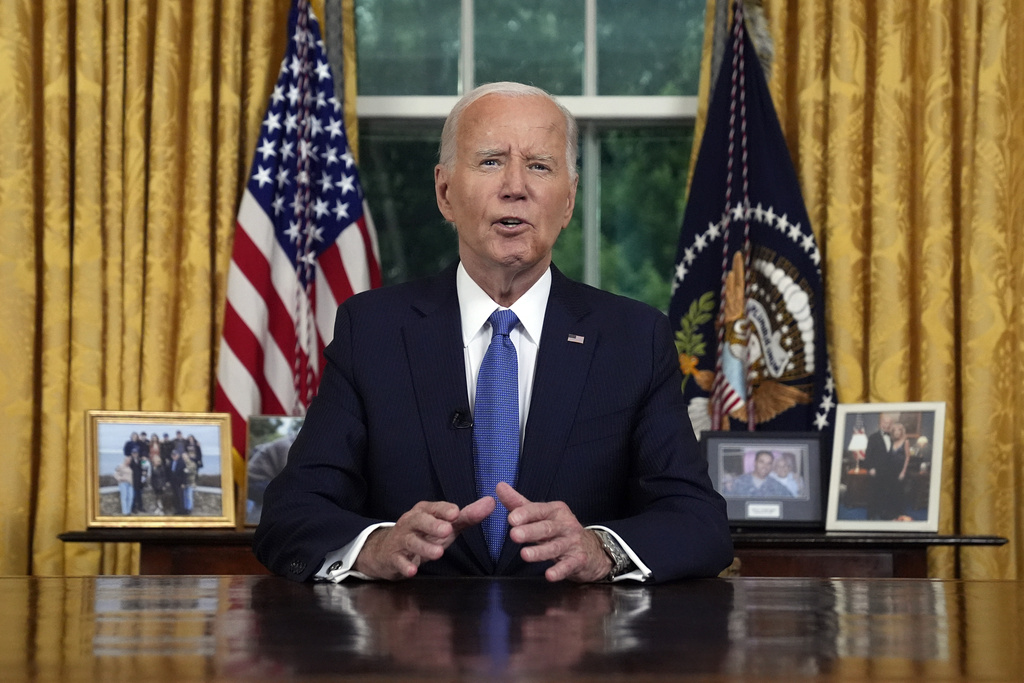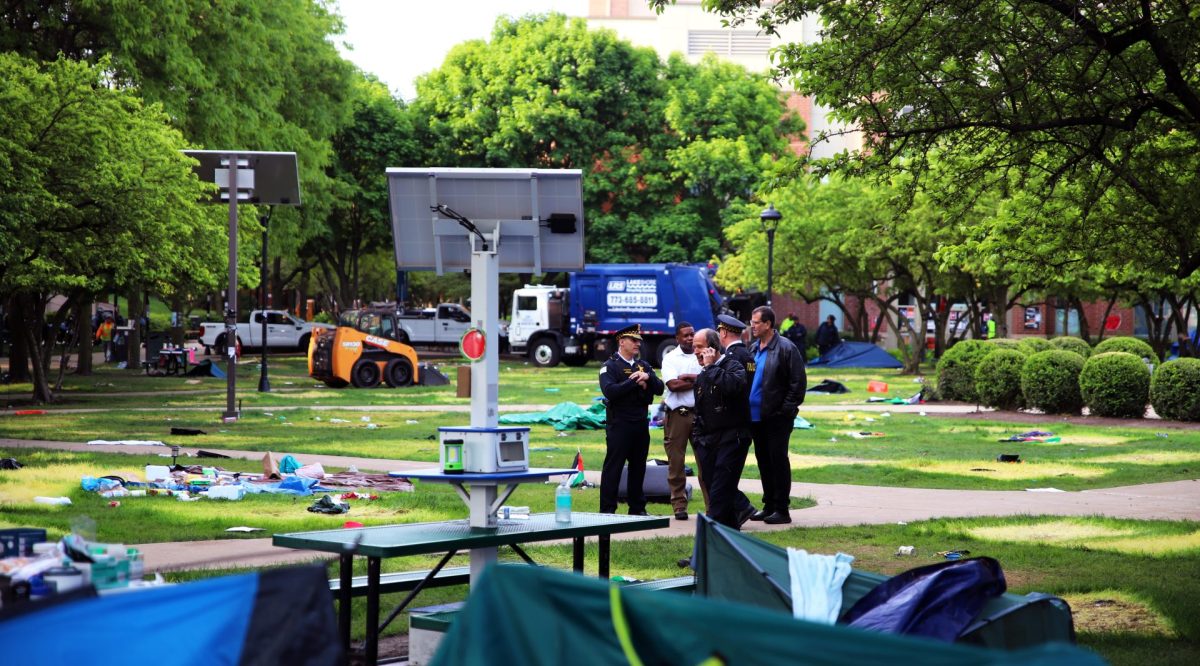“Did your bag pay a fare too?”
“Eating, drinking and smoking are prohibited on CTA vehicles.”
“Standing passengers, please do not lean against the doors.”
“Keep your personal music player personal.”
These are all things we see and hear as CTA customers during our commutes. We hear them so often that they should be memorized like the back of our hand and enforced so much that we fear the man over the loudspeaker is some omniscient being that’s going to yell at us if we break the rules.
Well, at least that’s how I feel.
Unfortunately, not everyone is a rule follower on public transportation.
In a city with over 2.5 million people and 234.5 million riding the CTA annually, there’s a lot of room for disagreement on what the spoken and unspoken CTA rules are, and whether they should be followed.
More often than not, the rules are followed loosely, or not at all.
Many Chicagoans, including myself, rely on the CTA for transportation, so I’m on the bus or the train every day.
When I’m on the CTA, I try to mind my own business, but after living in Chicago for a few years now and having parents who are from the city themselves and thankfully taught me well, I’ve learned that one of my biggest pet peeves is seeing people not follow the rules on the CTA.
What irks me the most is when people stay seated in handicapped seating when an elderly or pregnant commuter gets onto the bus or train. I believe that to be just bluntly inconsiderate.
However, this topic got me thinking about non-English-speaking commuters. I noticed a lot of CTA announcements and signage are rarely translated into other languages. In that case, I do not blame those who do not speak English. But for those who do and still choose to be the obnoxious commuter — this story is for you.
It comes down to common courtesy and general respect for others.
And it’s not just me who notices these common lacks of courtesy; CTA is well aware of these issues.
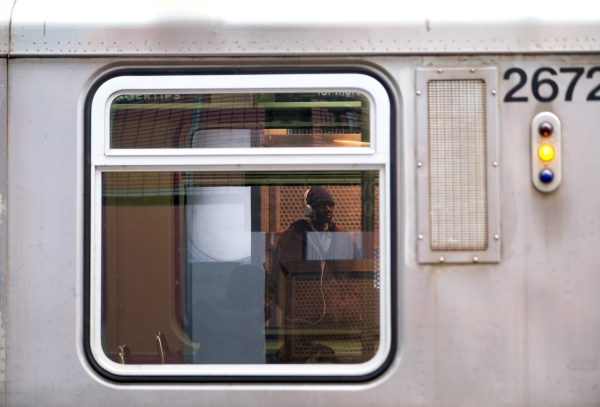
In 2015, the CTA launched a courtesy campaign, described as, “a friendly reminder that we’re all the ‘public’ of public transportation.”
Still, a campaign is simply not enough to foster much change.
Flash forward to earlier this month, the CTA has made more effort to improve their experience. They came out with a statement released on Feb. 7 saying, “the Chicago Police Department issued more than 6,300 citations for those smoking on CTA properties in 2023 – and more than any year since 2019.”
“CTA supplements CPD’s efforts with its extensive security-camera network and with hundreds of personnel deployed across the system each day, around the clock who are trained and acutely focused on customer comfort and safety,” said CTA spokesperson Maddie Kilgannon.
I don’t want to say I’m some perfect passenger. I have my moments when I crowd the door before passengers get off to get on because I see an open seat on the train and the last thing I want to do is stand.
Yes, I’m mad at myself for doing that, too.
But I’m also a DePaul student, so I’m part of another problem.
“A large majority of college students in Chicago take the train to class and sometimes getting on a crowded train with a bunch of other students can be a little bit annoying,” said DePaul sophomore Ella Wheaton. “We make the train cars full.”
However, crowded trains can actually be a good thing.
“We saw during the pandemic a really big uptick in behaviors on the CTA that before the pandemic would have dictated you don’t do these things,” said Sarah Freishtat, Chicago Tribune transportation reporter. “And so with fewer people on trains and buses, bad behavior is more noticeable. And there’s a little bit less peer pressure to behave because you’re kind of roaming around the empty train.”
Unpleasant experiences on public transportation can lead to decreased ridership, and the CTA is still struggling to reach their pre-pandemic levels. Customers might opt for something more personal and consistent, like Uber or Lyft.
But as we know, rideshare services can be expensive, and we’re given Ventra cards for a reason.
All in all, I think it’s a collective effort to make riding public transportation more desirable rather than dreadful.
“I do think certainly, we all kind of fell out of practice of taking public transit for a couple of years back in 2020 and 2021,” Freishtat said. “Just reminding people to some extent of how to be respectful of one another definitely has a role to play.”




